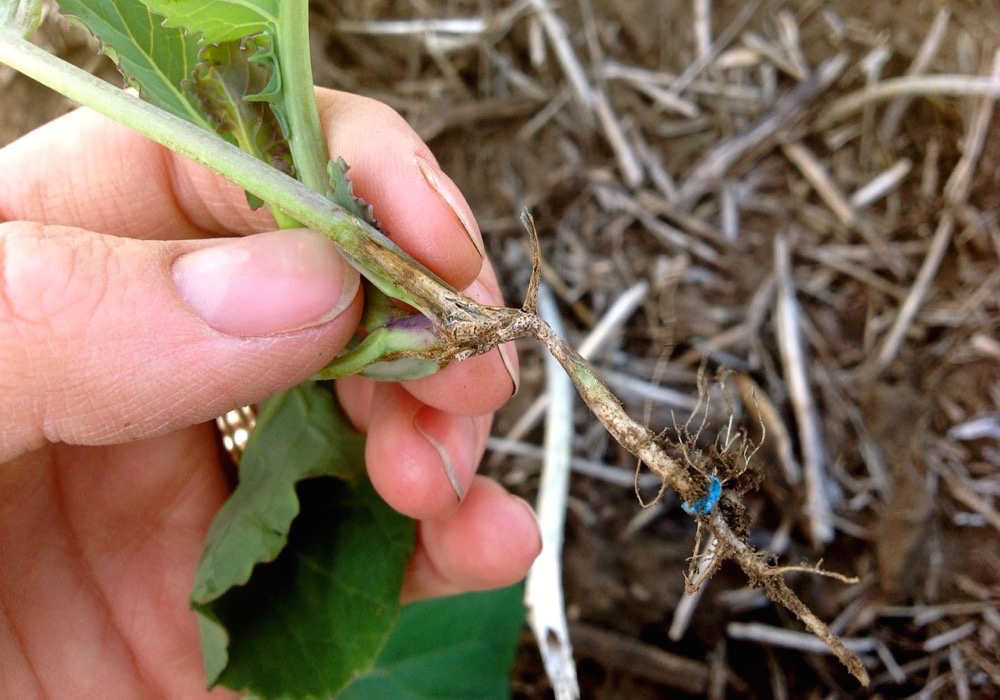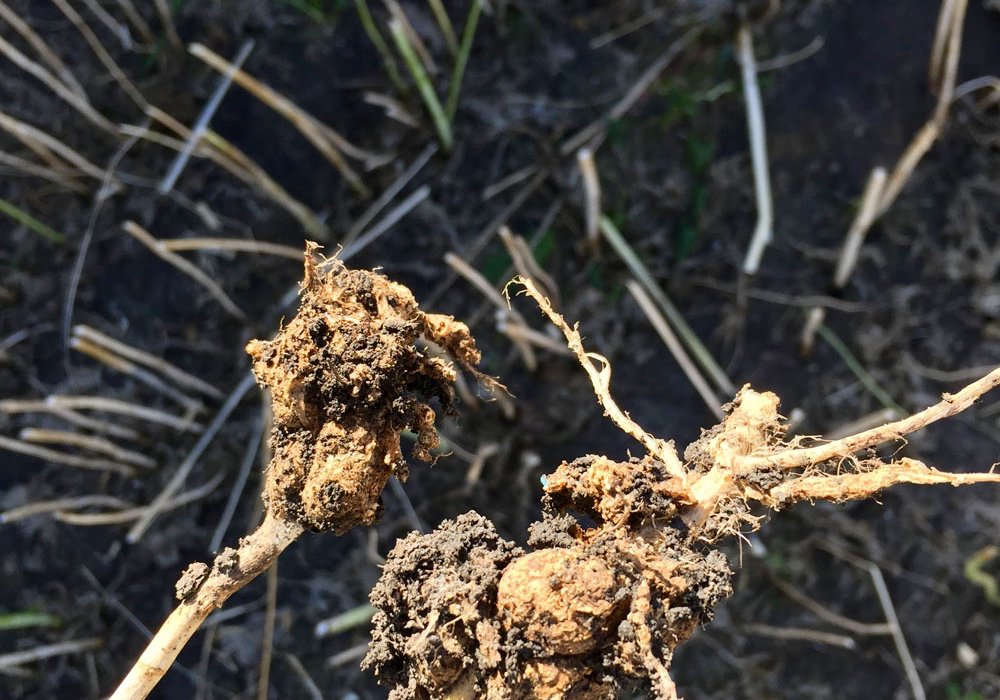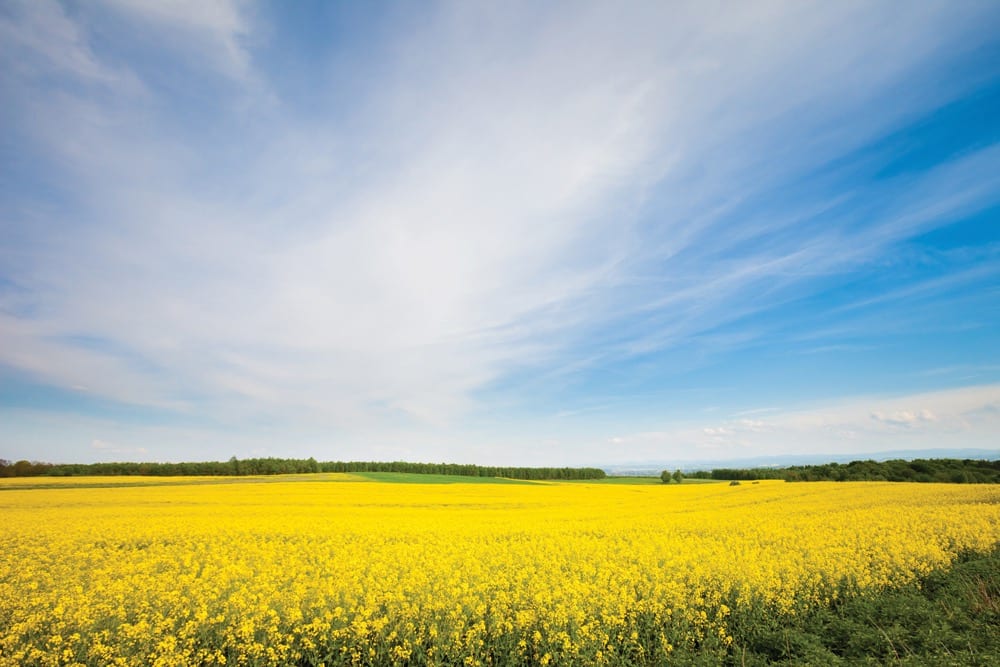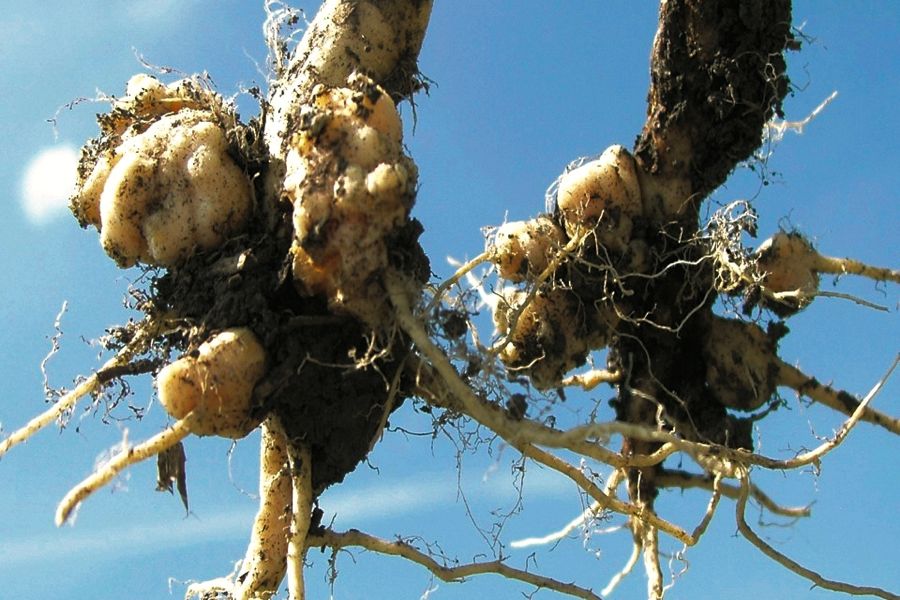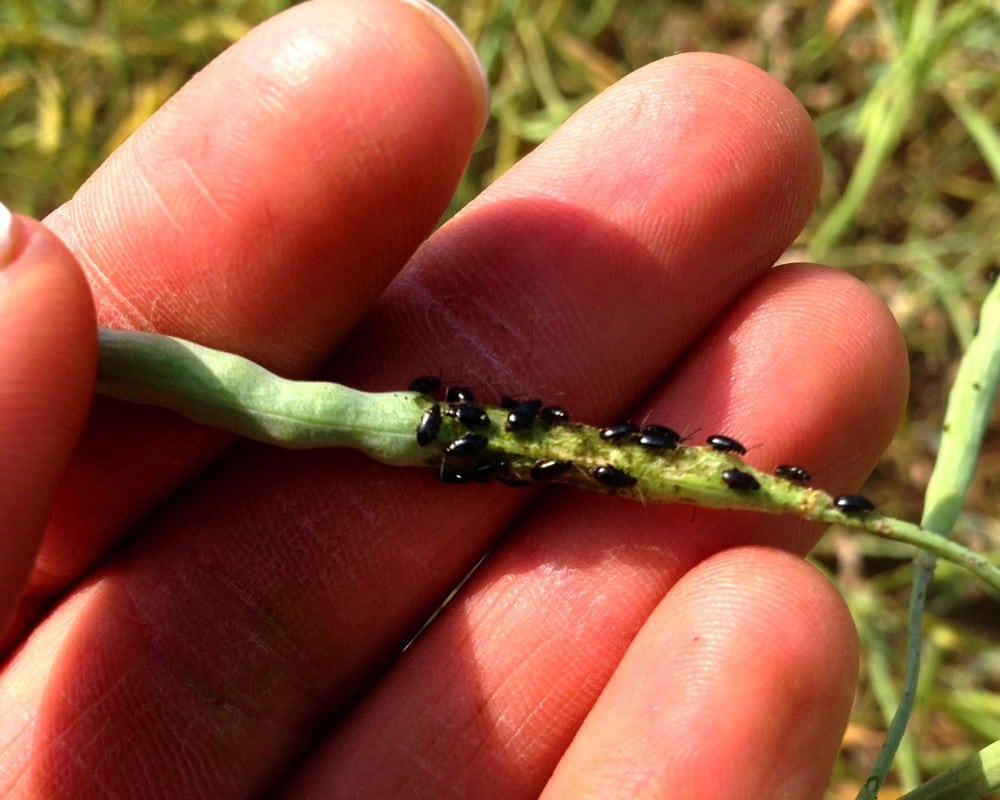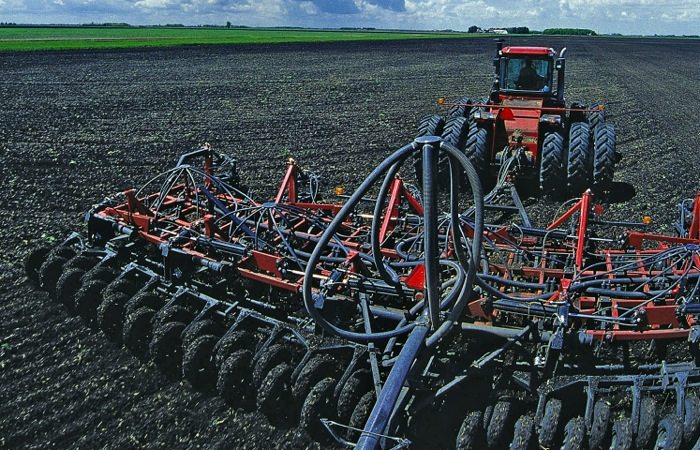A long-term plan

Justine Cornelsen, agronomy specialist with the Canola Council of Canada, says long-term effective blackleg management is a “whole package deal” that uses these four steps.
1. Scout

Scout for blackleg and know what you’re looking for. Look for blackleg scouting tips and photos at canolawatch.org.
2. Fungicides

If using fungicide for blackleg, it has to go on at the two- to four-leaf stage of the crop and really only works if the variety is susceptible to blackleg.
3. Varieties

Use R rated varieties and scout to make sure the resistance is still effective.
4. Rotation

Crop rotation will give residue infested with virulent blackleg more time to break-down. When Canada has a gene ID and pathotype ID program in place for variety rotation, this will trump crop rotation.


